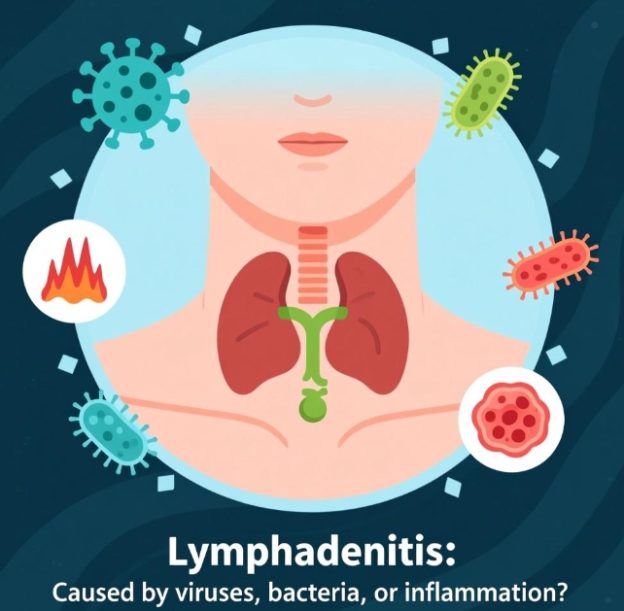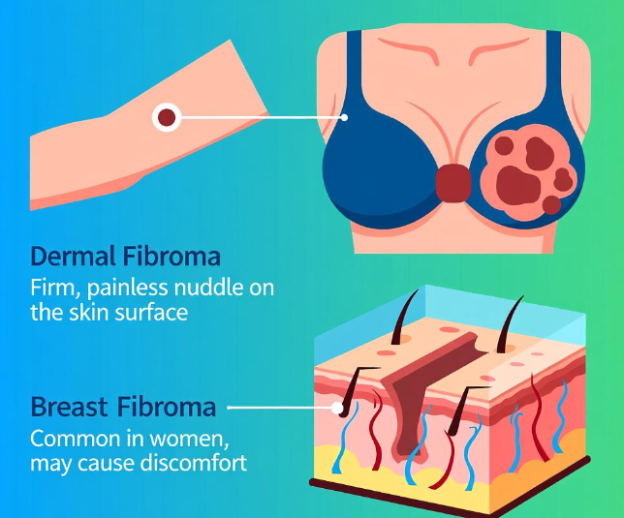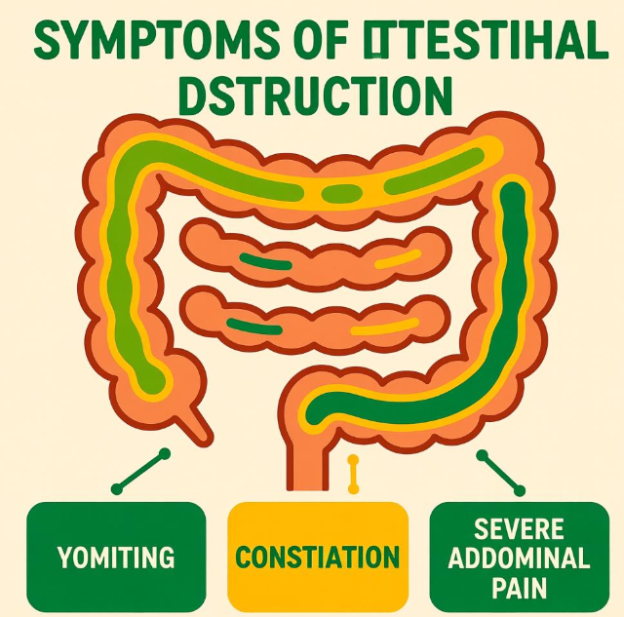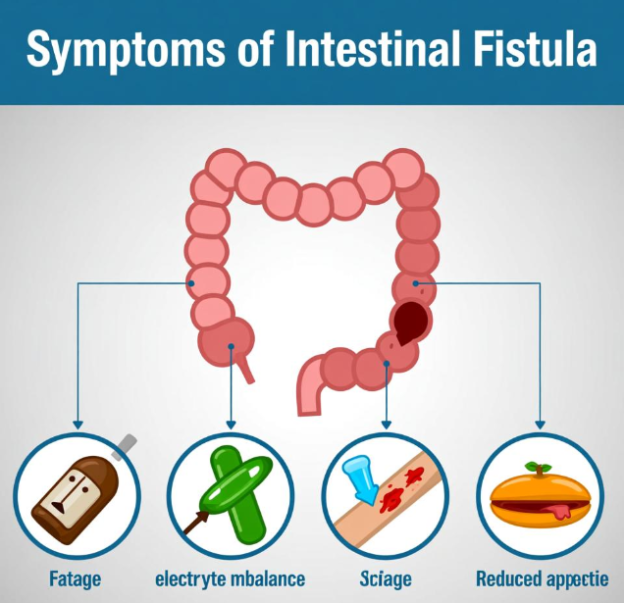Thyroid cancer is usually asymptomatic in early stages and often discovered incidentally. As the tumor enlarges or invades adjacent structures, the following may develop:
- Painless neck lump
Most common first sign—unilateral, firm, poorly mobile on swallowing, slowly but steadily enlarging . - Hoarseness
Persistent and unrelenting hoarseness due to recurrent laryngeal nerve invasion and vocal-cord palsy . - Dysphagia
Compression or invasion of the oesophageal entrance causes globus sensation and progressive difficulty swallowing solids . - Dyspnoea
Tracheal compression or intraluminal growth produces inspiratory stridor and orthopnoea that worsen when lying flat . - Cervical lymph-node swelling
Firm, matted nodes in the lateral neck often indicate regional metastasis . - Throat or referred ear pain
Late-stage perineural invasion leads to persistent sore throat or ipsilateral otalgia . - Less common features
Medullary carcinoma may secrete bioactive substances causing diarrhoea and flushing; anaplastic cancer presents with rapidly enlarging mass and severe airway compromise .
Any neck lump that is hard, progressively enlarging and fixed, or symptoms of hoarseness or dysphagia lasting >2 weeks, warrants urgent ultrasound and fine-needle aspiration.
| Symptom | Typical Features | Implication |
|---|---|---|
| Neck lump | Painless, firm, moves poorly on swallowing | Primary tumor |
| Hoarseness | Persistent, no improvement with rest | Recurrent laryngeal nerve invasion |
| Dysphagia | Gradual, starts with solids | Oesophageal compression |
| Dyspnoea | Inspiratory stridor, worsens supine | Tracheal involvement |
| Lateral neck nodes | Hard, matted, fixed | Regional metastasis |
| Pain | Throat or referred otalgia | Advanced disease |
| Systemic (medullary) | Diarrhoea, flushing | Hormone secretion |









